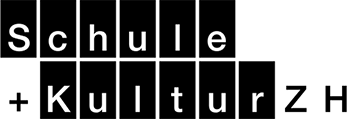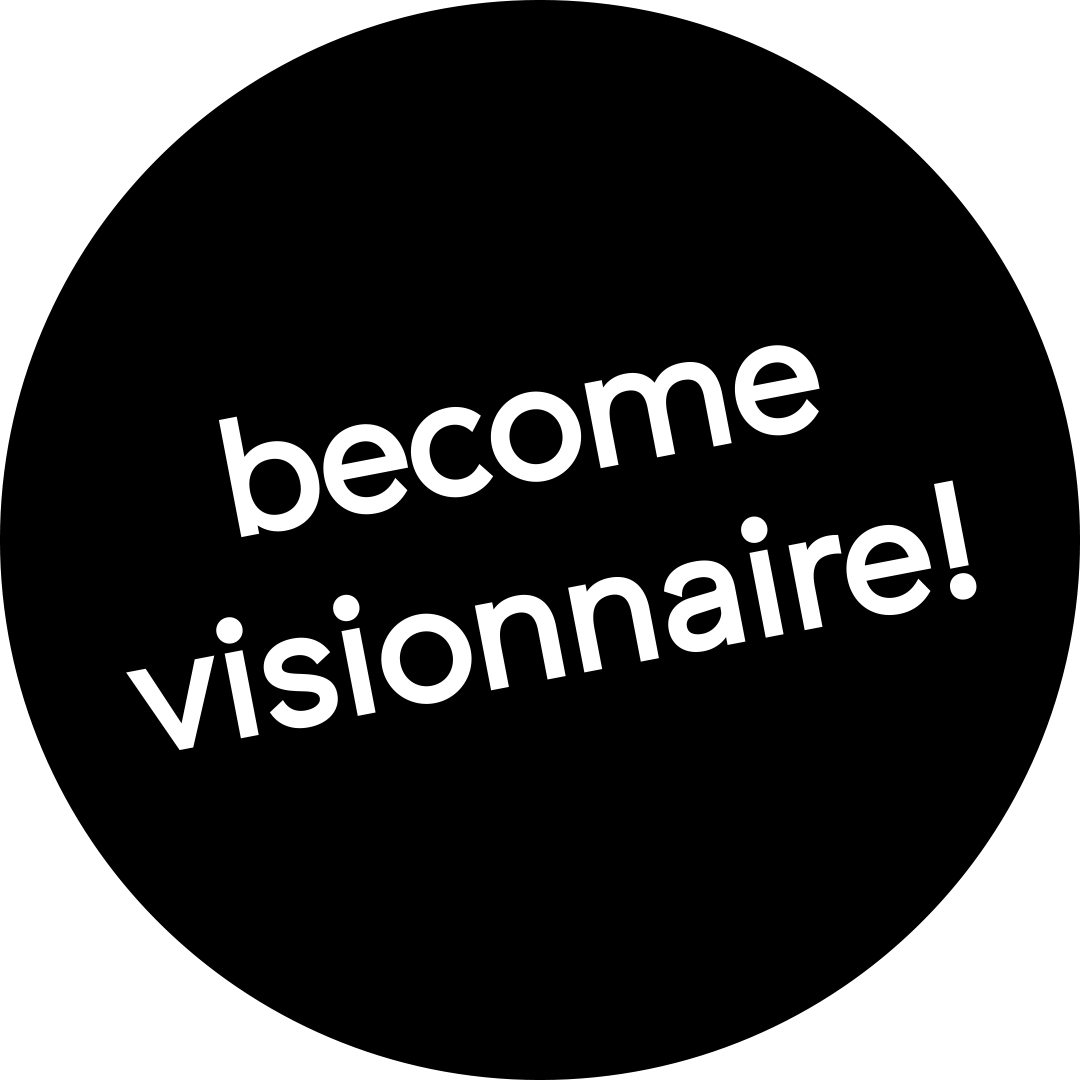Guided tours, workshops, studios, courses, discovery tours – the range of our educational offerings is as broad and diverse as our exhibitions themselves. Sometimes it’s a surprised “ahaaa!” that we elicit from the participants, sometimes the two-silver turns into resounding laughter or a flea that gets stuck in the ear and doesn’t stop spinning on the thought carousel at least on the way home; sometimes children and adults become artists themselves and are allowed to take their own small work home with them, then again they take off their artist’s smock at the museum door and leave energy and creativity behind in the exhibition rooms until the next pupil and workshop participant enters the museum. Is there perhaps another exciting thought or idea floating through the air that could be captured for a brief moment? Who knows…
For Manuela Hitz, it is precisely the fleeting, not always tangible aspect that makes art education so exciting. The Musée’s education manager compares education to playing in the sand. “It’s like when children build a sandcastle by the sea. Sometimes they build too close to the water – or at some point the tide comes in and washes everything away. Nobody would think of taking the sandcastle home with them. What counts is the creative process, lingering in the moment.” Of course, it is also nice when something is created that can be tucked under the arm and taken home. But it shouldn’t be about the result, a specific product or the question of whether something is beautiful or not. “Creating, lingering and forgetting – that’s what interests me.”
For Manuela Hitz, however, education is not just a sandbox in which something is created, disappears and something new is built again; it is also the “third exhibition space” – an indispensable part of the museum, without whose load-bearing capacity the building could not survive. Exhibitions come to an end at some point – the experiences from the educational programs, on the other hand, resonate for a long time. They are the ones that are carried out of the museum in people’s minds and bodies, that are talked about and that can be the nudge from which something new may develop.
And indeed: isn’t it precisely the interaction with art, the questioning, research and experimentation that draws art out of its reserve and brings it to life in the first place?
In our educational programs, we want to give participants the (free) space to discover for themselves, to test themselves – and also to fail sometimes. After all, there is always enough sand to build a new castle. And another, and another… “Let go and see what happens,” Manuela Hitz calls this process of letting yourself in. Each time, a new surprise emerges – which makes the immersion in art all the more appealing.











